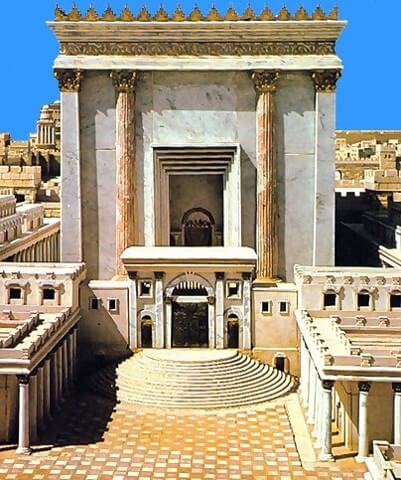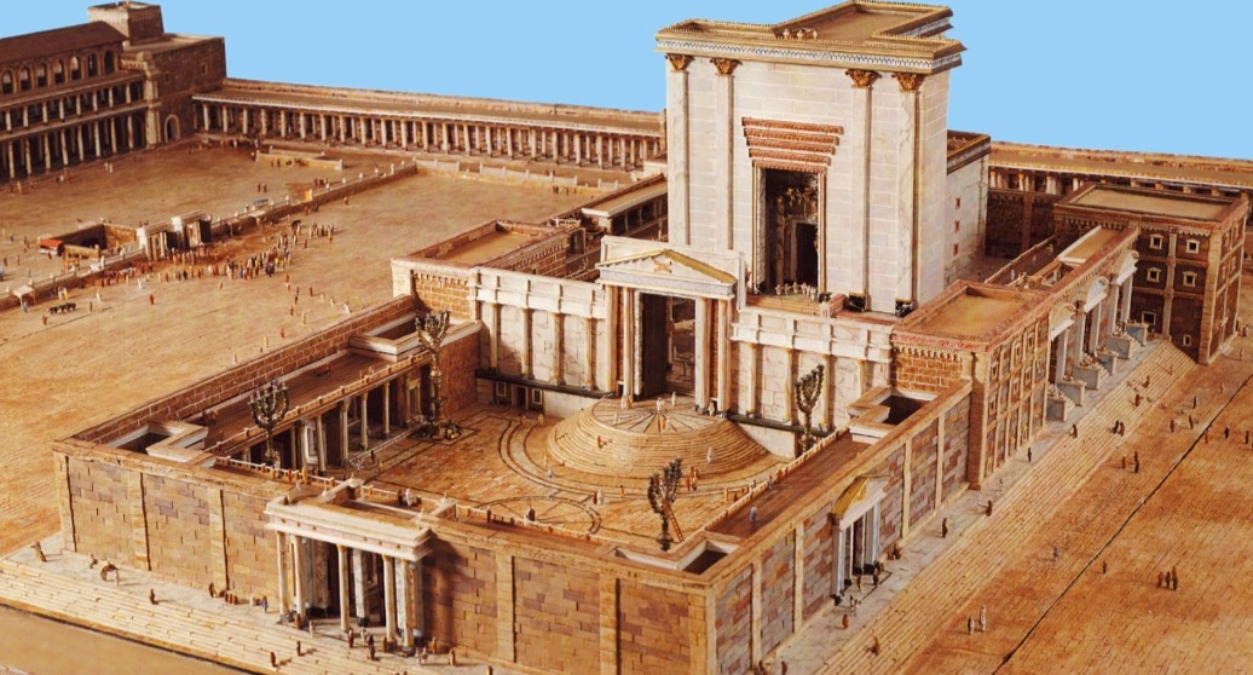WHY ARE THERE FIFTEEN PSALMS OF ASCENTS?
There are fifteen Psalms of Ascents. And there are several very good reasons why there are fifteen of them. Here’s fifteen fun facts about the Psalms of Ascents.
1. The first and most important reason is that fifteen is the number of Yah, the short form of Yehovah. You see, in Hebrew, every letter is a number. The two letters of Yah—yodh and heh—have numerical values of 10 and 5. So they add up to fifteen.
2. The second reason why there are fifteen psalms is because the Psalms (or Songs) of Ascents were always sung at the night-service before the first day of the Feast of Tabernacles on the fifteenth day of the month. The Feast of Tabernacles started at sundown and ran all through the night. (In the Hebrew calendar, night precedes day; so the fifteenth night is the night before the fifteenth day.)
3. Just like we celebrate festivals—Easter, Pentecost, Christmas—so did the ancient Israelites. They had Passover (same time as Easter), the Feast of Weeks (Pentecost), and the Feast of Tabernacles, their Harvest festival, in the autumn month of Tishri.
4. The Feasts of Passover and Tabernacles took place on the fifteenth of the month of Israel’s lunar calendar. There was a good reason for this. Both were night-time feasts—Passover in the home and Tabernacles in the temple—and the fifteenth night was the night of the full moon. In the days before electric light, you needed the full moon to see or do anything at night.

5. Another reason why there are fifteen Psalms of Ascents, is that there were fifteen steps in the temple, leading up from the Lower Court to the Upper Court of Israel. (In fact, these fifteen steps are still there to this day, buried intact beneath the seventh-century steps that lead up to the Dome of the Rock.) The Levites sang the fifteen Psalms of Ascents on these fifteen steps. In fact, they sang one Psalm on each step, going up.
6. It was the Merarite Levites who sang these psalms in the temple. The cantor sang the first part of each verse and the choir replied with the second part. We call this responsory singing. It was common all over the ancient east. So they had a choir in their worship, just like we have. They believed the Lord loved the sound of a choir praising him together.
7. These fifteen songs were first sung on the night before the dedication of Solomon’s temple which took place on the morning of the Feast of Tabernacles, on the fifteenth of Tishri, in the year 959 BC. The first psalm, Psalm 120, was sung early in the morning, around 1 or 2 a.m., and the last psalm, Psalm 134, was sung just before dawn broke.
8. After that, the Levites sang them every year for almost 1,000 years, from the dedication of Solomon’s temple in 959 BC to the destruction of the second temple in AD 70. The only break was the 70 years when the Babylonians destroyed the temple in the sixth century BC.
9. There are little internal echoes of the the original life setting of these fifteen psalms. For instance, They sang Psalm 120 in the courtyard, telling how they were going to depart from evil circumstances to go up to Jerusalem.
10. In Psalm 121, I lift my eyes to the hills. Where does my help come from? refers to the hills of Jerusalem and the temple nestling there. The Merarite Levites, the singers, lived across the Jordan, bordering Syria. As they travelled west to Jerusalem, they travelled uphill from the Jordan Valley, and saw Jerusalem among the mountaintops. So when they sang in the temple, they were singing of their journey, and the journey of all Israel, looking upwards toward the new and glorious temple, the dwelling place of Yehovah their helper.
11. When they sang Our feet are standing in your gates, Jerusalem (Psalm 122), they were thinking of the pilgrims entering the city and seeing the new temple for the first time.
12. When they sang, I wait for Yehovah…more than watchmen for the morning (Psalm 130), they could see the last night-watch guards standing around them on the temple walls, waiting for the sun to rise.
13. When they sang, Bless Yehovah, all servants of Yehovah, who stand by night in the house of Yehovah, they were singing their final song to the kohanim who were ministering through the night in the holy house.
14. There are old traditions in the churches of the east that a certain person was taken to the temple when she was three years old. When she entered the Court, she ran up to these fifteen steps and danced on them. Then she ran straight up the steps to the great gate, the Nicanor Gate, and up to the holy house. She wasn’t supposed to do that. Only the kohanim on duty could do that. But everyone loved her so much, that no one rebuked her.
15. So fifteen psalms on fifteen steps on the fifteenth night, in the Name of the God whose name Yah is fifteen. Imagine yourself there. A warm middle-eastern September. Standing under the great full moon. Surrounded by laughter and joy and feasting. With the Levites singing these fifteen psalms inside the holy temple. That’s the Psalms of Ascents.
If you want to know more about all this, you’ll find it in Chapters 3, 4, 6, 7, and 10 of The Songs of Ascents.
